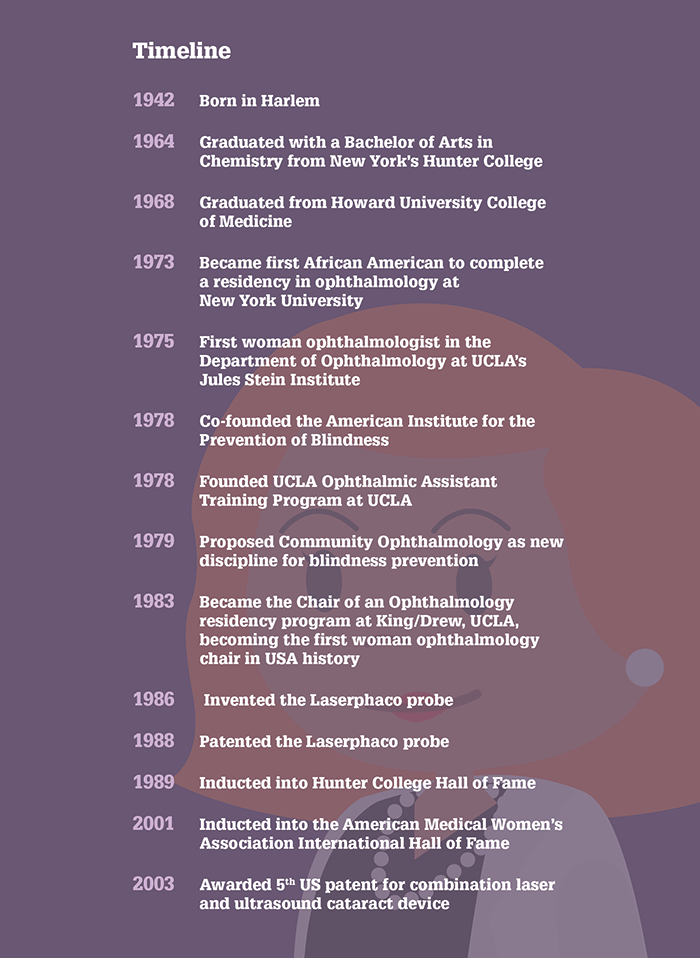Population health studies already reveal differences in the proclivity of diseases to effect the genders, and also their responses to drugs. This was apparent in heart disease, and responses to medications.
Even though the observation that men and women are different is arguably as old as human life, women have been included in clinical trials for only a few decades. Women have a unique physiology and their experience of illness, and responses to therapeutic interventions are often significantly different from those of men. Recent regulations from the National Institutes of Health requiring grant applicants to consider sex as a variable in biomedical research are a welcome development.1 However, despite increasing evidence that an individual’s sex is one the most important modulators of disease risk and response to treatment, consideration of the patient’s sex in clinical decision making (including the choice of diagnostic tests, medications, and other treatments) is often lacking. This is surprising given the increasing interest in precision medicine, which should begin with attention to sex differences in medicine.
Many medications are metabolized differently in women than men due to variances in body size and distribution volumes, sex hormone levels, activity of enzymes, and effects of routes of excretion on sex-specific responses to drugs.2
What is the impact of the differences between having two X chromosomes, or one X and one Y chromosome. The new tools of genomics, computer power and the drive toward less expensive and more effective diagnostic and therapeutic modalities are creating a synergy that may prove to yield some surprising secrets. The secrets are only now becoming exposed.
Sex Differences in Cardiovascular Disease
Arrhythmias, particularly atrial fibrillation, have different consequences for women, who have higher mortality, more symptoms, and higher rates of recurrence following ablation procedures.2 Women have a higher risk of atrial fibrillation–associated stroke than men (25% vs 10%) and experience significantly higher mortality after stroke (25% vs 19% at 6 months).2,7Women's unique electrophysiology (which produces a longer cQT interval than that of men) increases the risk of drug-related torsades de pointes (TdP)8,9; risk of TdP associated with sotalol is higher among women than men (4.1% vs 1.0%). The observed vs expected prevalence ratio for TdP associated with amiodarone, dofetilide, and azimilide is at least twice as high among women as it is in men.9
Coronary Artery Disease
Hypertension, dyslipidemia, smoking, diabetes, and obesity account for 80% of risk of acute MI in both sexes, but presence of diabetes is associated with a 6-fold increase in women's risk of coronary artery disease (CAD), from 107 per 100 000 person-years to 651 per 100 000 person-years vs a 3-fold risk among men with diabetes (Box).2,10 Moreover, women with diabetes and CAD have a 3-fold increased risk of heart failure; men with diabetes have minimal increase in risk.2
Timely diagnosis of MI is often delayed in women because of their different symptom complex (shortness of breath, unusual fatigue, sleep disturbances, indigestion, and anxiety; almost one-half may not report chest discomfort).
Read the entire story here:
The Importance of Sex Differences in Disease and Health | Cardiology | JAMA | The JAMA Network








